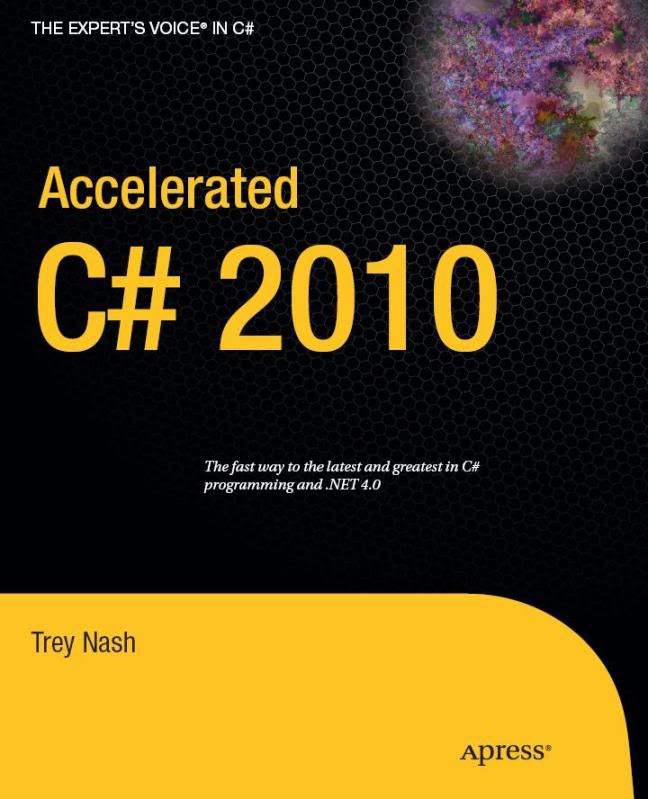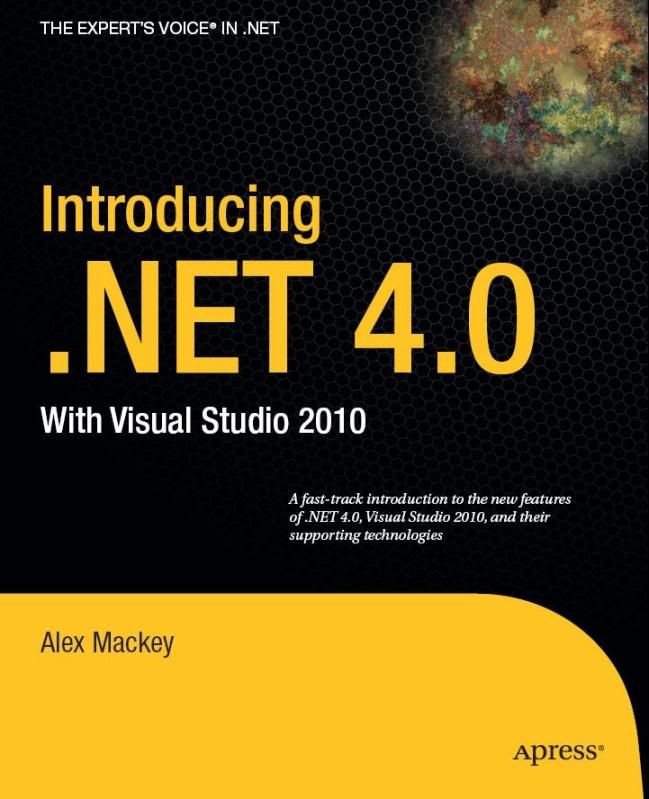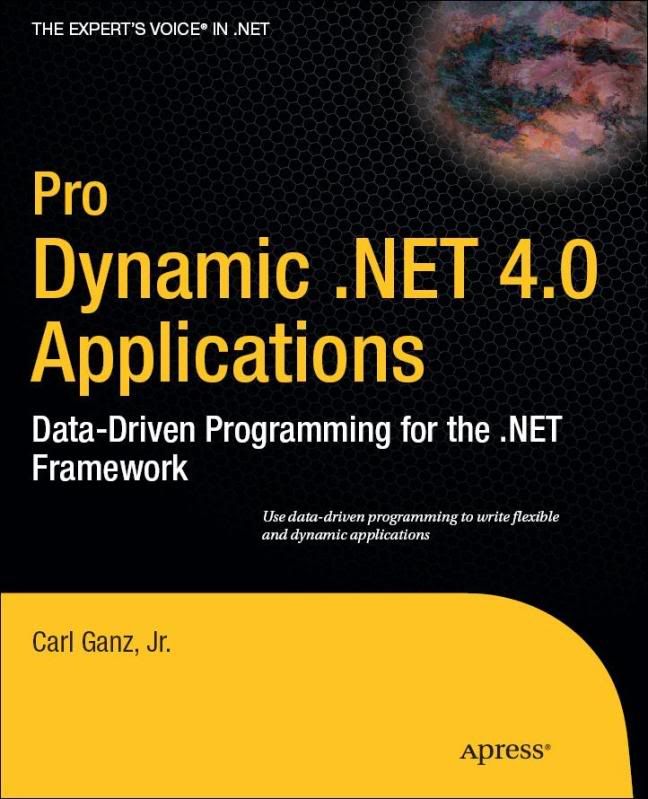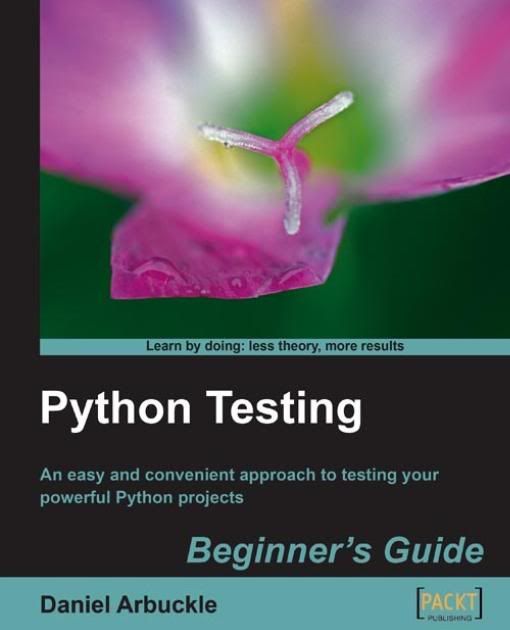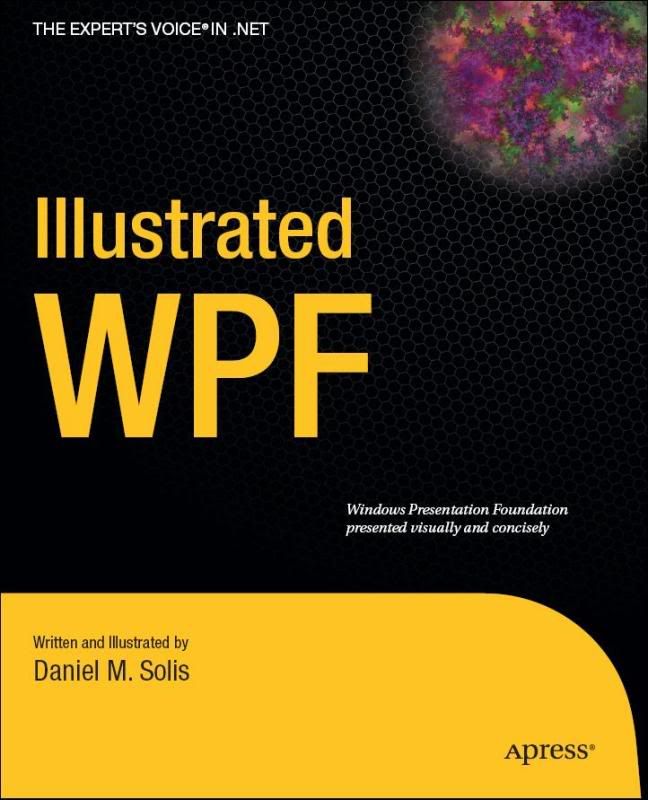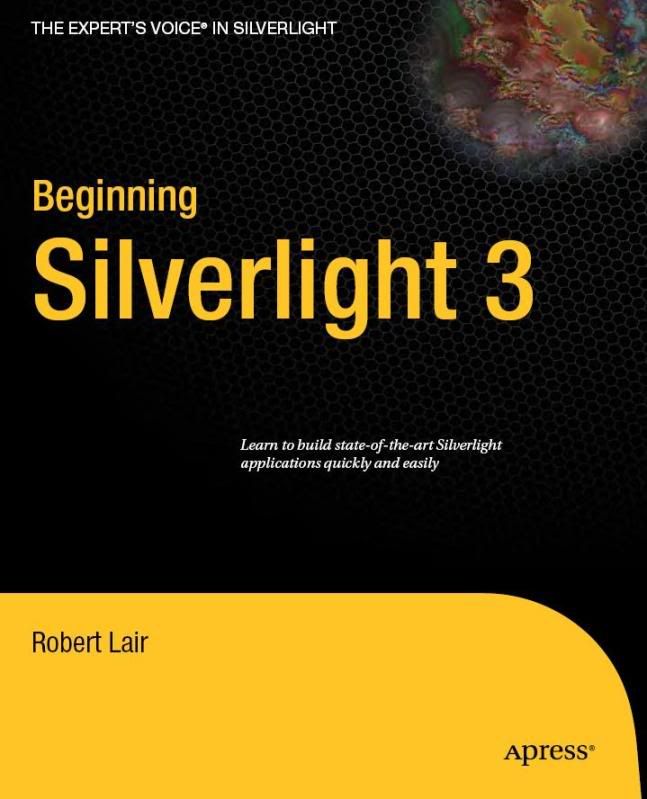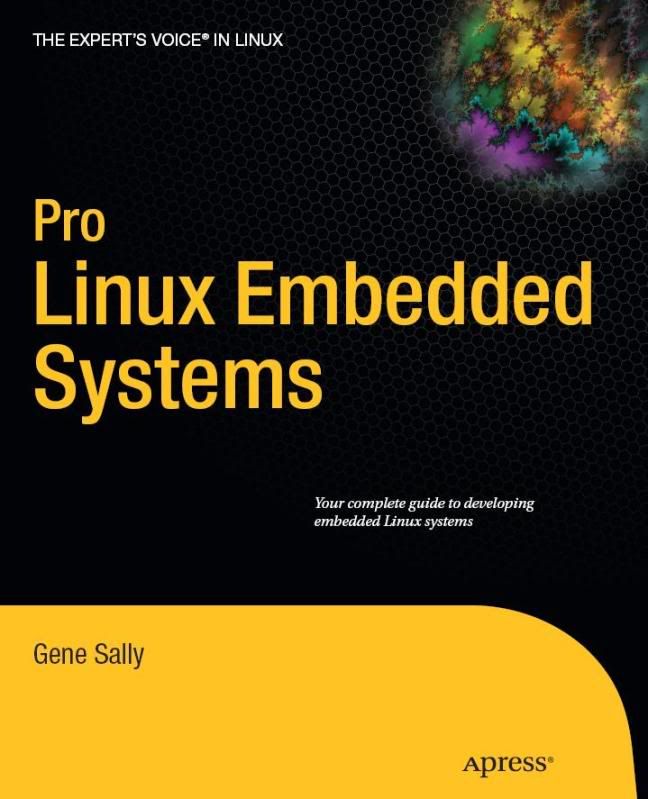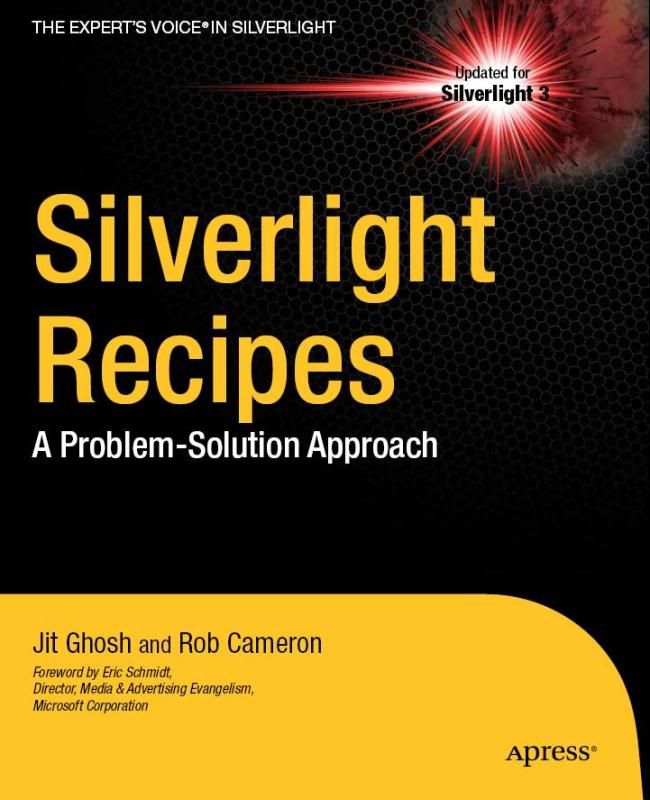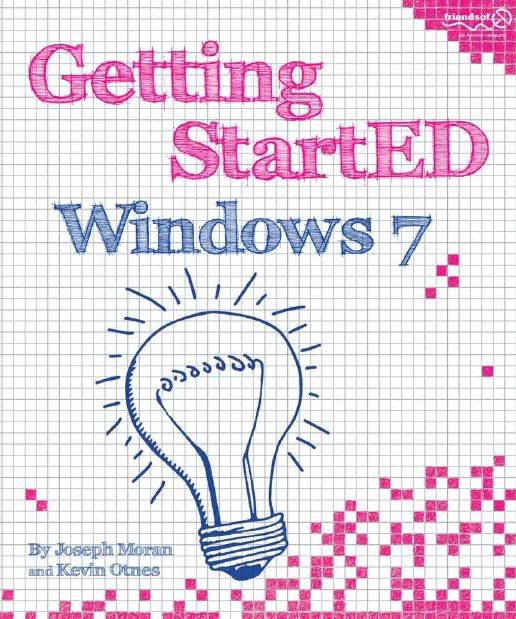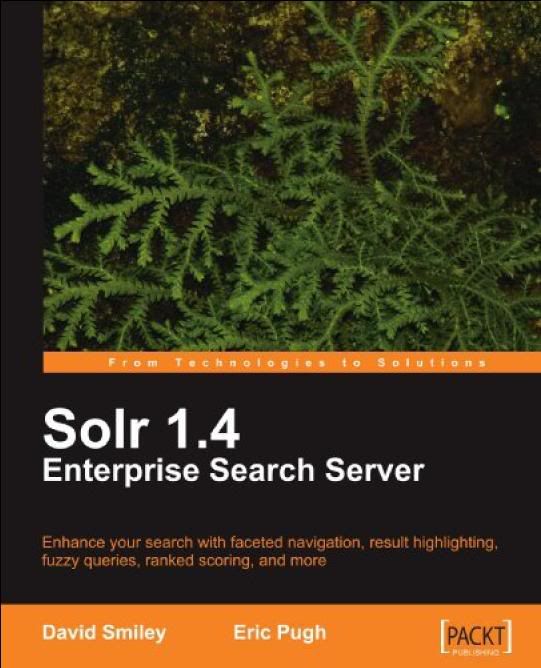
Enhance your search with faceted navigation, result highlighting, fuzzy queries, ranked scoring, and more - Deploy, embed, and integrate Solr with a host of programming languages
- Implement faceting in e-commerce and other sites to summarize and navigate the results of a text search
- Enhance your search by highlighting search results, offering spell-corrections, auto-suggest, finding "similar" records, boosting records and fields for scoring, phonetic matching
- Informative and practical approach to development with fully working examples of integrating a variety of technologies
In Detail If you are a developer building a high-traffic web site, you need to have a terrific search engine. Sites like Netflix.com and Zappos.com employ Solr, an open source enterprise search server, which uses and extends the Lucene search library. This is the first book in the market on Solr and it will show you how to optimize your web site for high volume web traffic with full-text search capabilities along with loads of customization options. So, let your users gain a terrific search experience.
This book is a comprehensive reference guide for every feature Solr has to offer. It serves the reader right from initiation to development to deployment. It also comes with complete running examples to demonstrate its use and show how to integrate it with other languages and frameworks.
This book first gives you a quick overview of Solr, and then gradually takes you from basic to advanced features that enhance your search. It starts off by discussing Solr and helping you understand how it fits into your architecture--where all databases and document/web crawlers fall short, and Solr shines. The main part of the book is a thorough exploration of nearly every feature that Solr offers. To keep this interesting and realistic, we use a large open source set of metadata about artists, releases, and tracks courtesy of the MusicBrainz.org project. Using this data as a testing ground for Solr, you will learn how to import this data in various ways from CSV to XML to database access. You will then learn how to search this data in a myriad of ways, including Solr's rich query syntax, "boosting" match scores based on record data and other means, about searching across multiple fields with different boosts, getting facets on the results, auto-complete user queries, spell-correcting searches, highlighting queried text in search results, and so on.
After this thorough tour, we'll demonstrate working examples of integrating a variety of technologies with Solr such as Java, JavaScript, Drupal, Ruby, XSLT, PHP, and Python.
Finally, we'll cover various deployment considerations to include indexing strategies and performance-oriented configuration that will enable you to scale Solr to meet the needs of a high-volume site.
What you will learn from this book?
- Blend structured data with real search features
- Import CSV formatted data, XML, common document formats, and from databases
- Deploy Solr and provide reference to Solr's query syntax from the basics to range queries
- Enhance search results with spell-checking, auto-completing queries, highlighting search results, and more.
- Secure Solr
- Integrate a host of technologies with Solr from the server side to client-side JavaScript, to frameworks like Drupal
- Scale Solr using replication, distributed searches, and tuning
Approach
The book takes a step-by-step tutorial approach with fully working examples in Java. It will show you how to implement a Solr-based search engine on your intranet or web site.
==> Download <==
